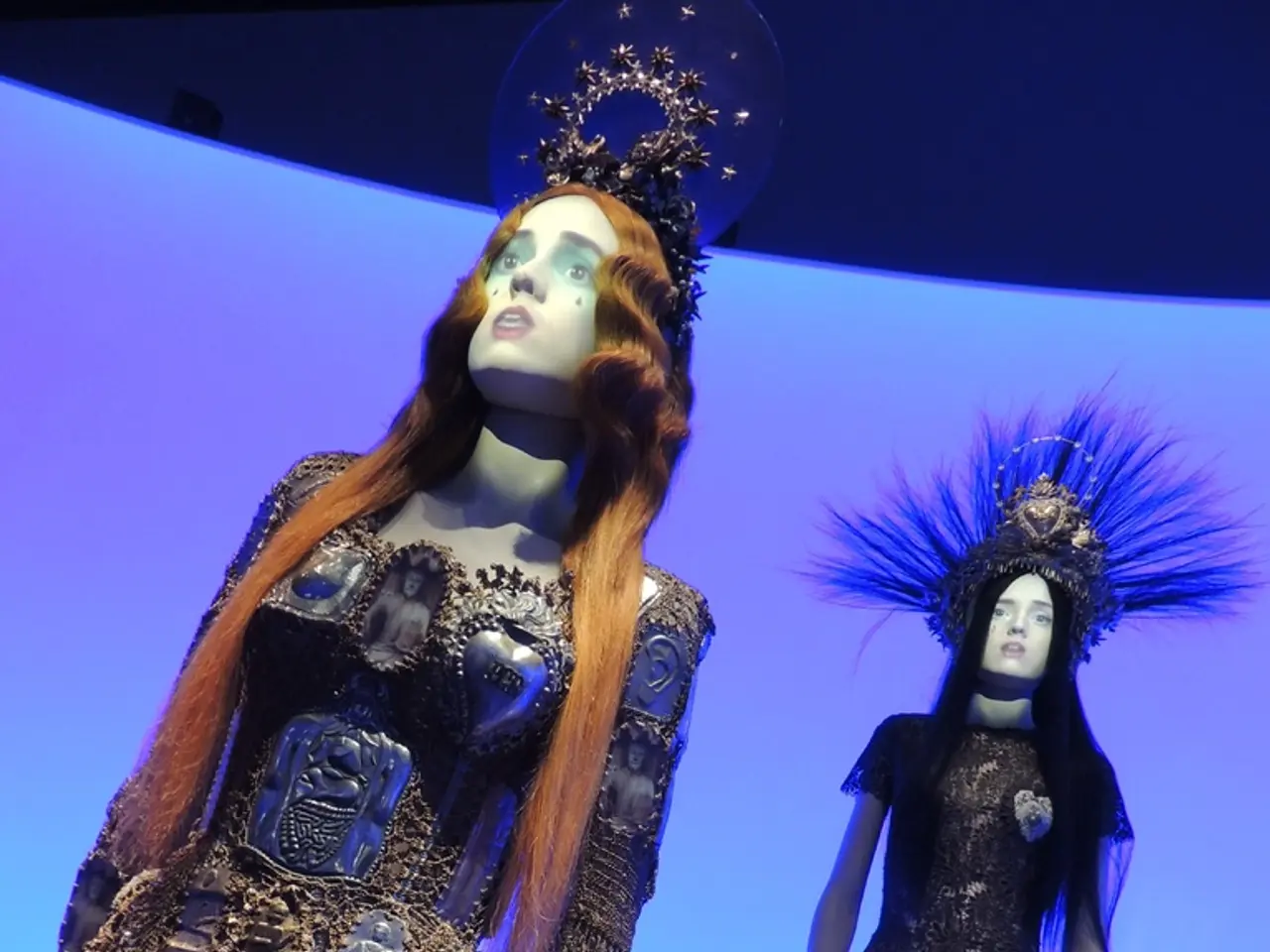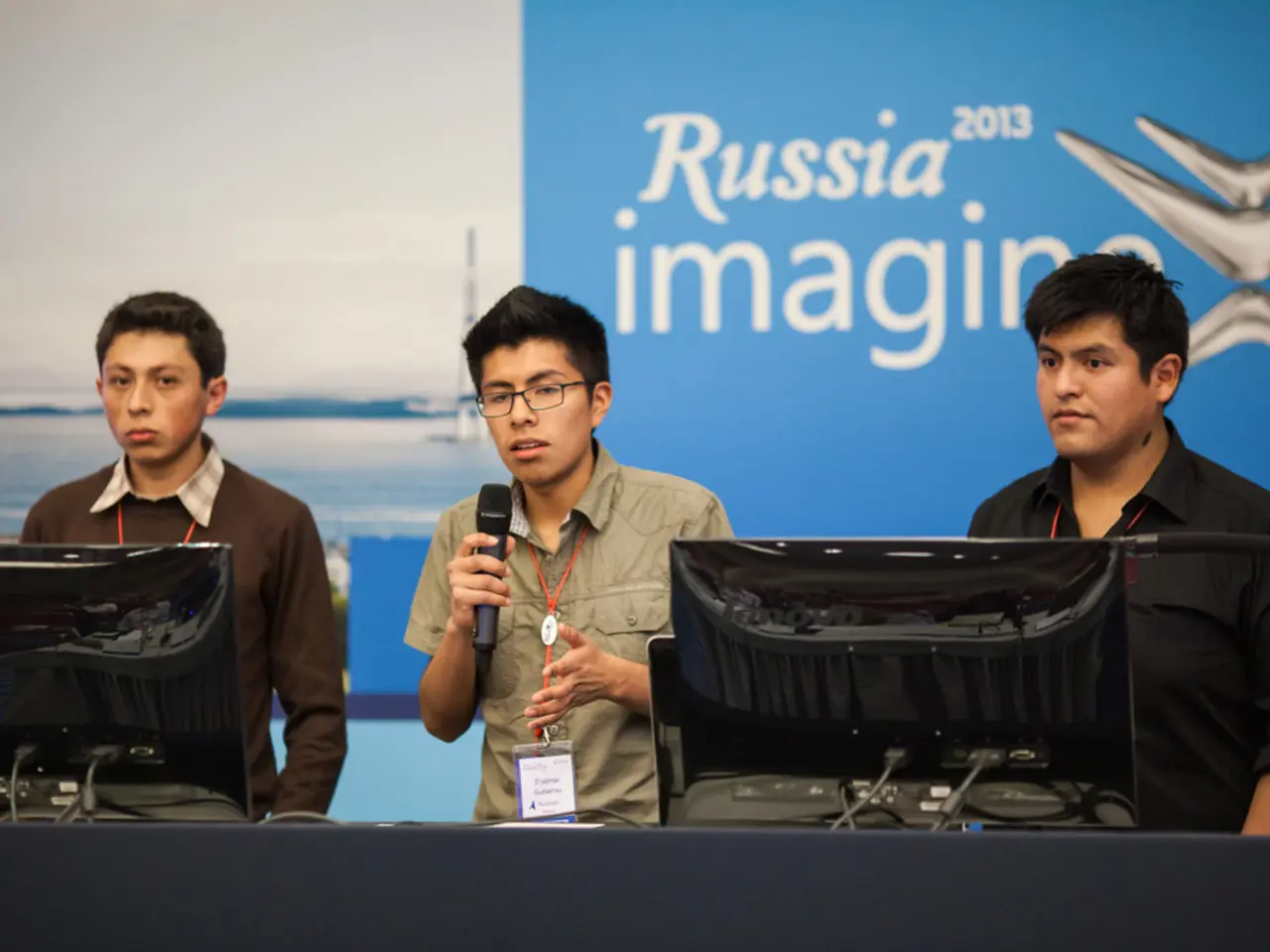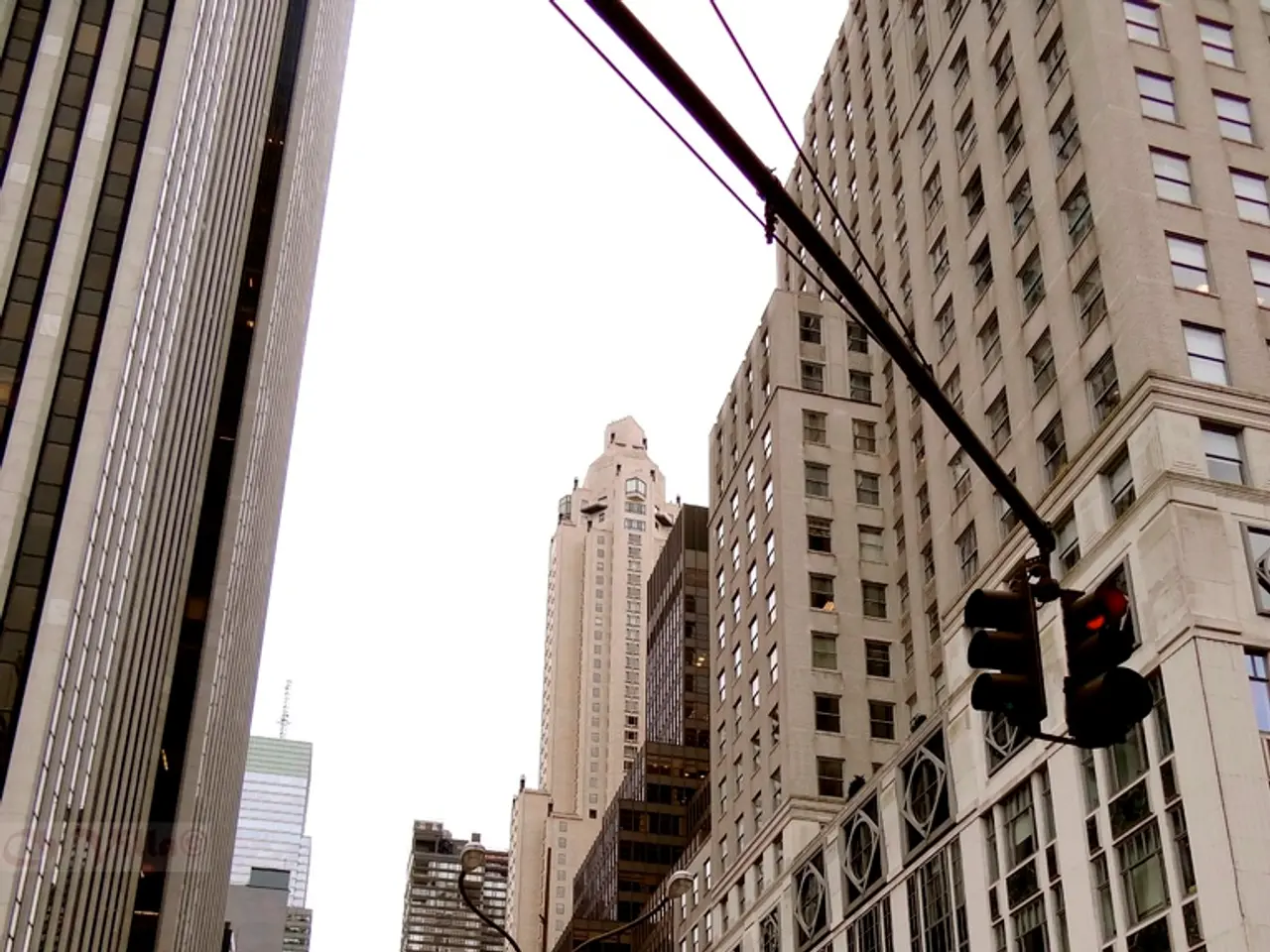AI-generated celebrities could become a reality, blurring the lines between fiction and reality
In the ever-evolving world of fashion, the use of artificial intelligence (AI) models in advertising is a growing trend that has sparked both excitement and controversy. This new development presents both advantages and drawbacks, particularly in the areas of diversity, representation, and the impact on real-life models.
Pros of AI Models in Fashion
One of the key benefits of AI models is their ability to enhance diversity and flexibility. By customising AI models to represent various ethnicities, body types, and styles, brands can showcase more inclusive imagery, breaking free from traditional casting constraints.
Another advantage is the cost and efficiency benefits. AI-generated fashion images can significantly reduce costs associated with hiring human models, photographers, and studios, speeding up content creation without logistical challenges.
AI also opens up new avenues for creative experimentation. With AI, brands can explore styles and looks that might be difficult or impossible with real models, potentially leading to innovative visual marketing.
There is also a potential for AI to reduce unhealthy beauty standards by designing models that embody more varied or realistic beauty ideals, if programmed thoughtfully.
Cons of AI Models in Fashion
Despite these advantages, the use of AI models in high-profile campaigns has sparked criticism. AI models lack genuine human stories and imperfections, leading to the promotion of unrealistic, flawless images that can harm mental health and body positivity movements.
The replacement of real models with AI also risks unemployment and devalues human talent, experience, and the cultural significance of live representation in fashion. This shift has sparked debates about whether the fashion industry risks losing authenticity and the unique emotional connection that live models bring.
There are also concerns that AI models may undermine decades of progress towards representation of marginalized groups, as AI models are often constrained by programmed "perfection" standards and may erase diverse real-life identities.
Ethical and copyright challenges also arise, with questions about the ownership of AI-generated content and potential misuse in marketing raising legal and creative concerns within the industry.
Impact on Real-Life Models
Many in the modeling community and audiences express disappointment and concern that AI models devalue the human aspect of fashion, erasing individual career paths and the real struggles behind human models’ appearances. This shift has sparked debates about whether the fashion industry risks losing authenticity and the unique emotional connection that live models bring.
Case Studies
The New York State Fashion Workers Act, which took effect in June, seeks to regulate model management companies and provide complaint procedures. Meanwhile, H&M is creating AI "twins" of 30 real-life models, with each model owning the rights to their twin. However, some people have called for a boycott against Guess and Vogue, following the revelation that AI models were used in their advertisements.
Lalaland.ai, a digital model studio, partnered with Levi's to create its AI models. The CEO, Michael Musandu, stated that the use of AI models in fashion is already more widespread than many realize. However, Levi's clarified that their use of AI models was not intended to advance diversity and they remain committed to working with diverse models.
Seraphinne Vallora, an AI-driven marketing agency based in London, developed the Guess campaign. Their AI models are created based on directions from clients and have been met with considerable response. However, the AI models shared by Seraphinne Vallora on Instagram are largely white and have conventionally attractive features, sparking debate about the implications for real-life models and consumers.
In conclusion, while AI models offer innovative diversity, cost, and creative benefits in fashion advertising, they also present significant issues regarding authentic representation, job displacement, and the risk of perpetuating unrealistic beauty ideals unless carefully managed with humanity at the center. As the fashion industry continues to embrace AI, it is crucial to consider the impact on real-life models and strive for a balanced approach that respects and values both technology and human talent.
- The fashion industry's increasing use of AI models in advertising can lead to more inclusive imagery, as brands can customize AI models to represent various ethnicities, body types, and styles, hence breaking free from traditional casting constraints.
- AI models can bring cost and efficiency benefits to the fashion industry by significantly reducing costs associated with hiring human models, photographers, and studios, thus speeding up content creation without logistical challenges.
- AI opens up new avenues for creative experimentation in the fashion world, enabling brands to explore styles and looks that might be difficult or impossible with real models, potentially leading to innovative visual marketing.
- In high-profile campaigns, the replacement of real models with AI models has sparked criticism due to the promotion of unrealistic, flawless images that can harm mental health and body positivity movements, and the risk of unemployment and devaluing human talent, experience, and cultural significance in fashion.




